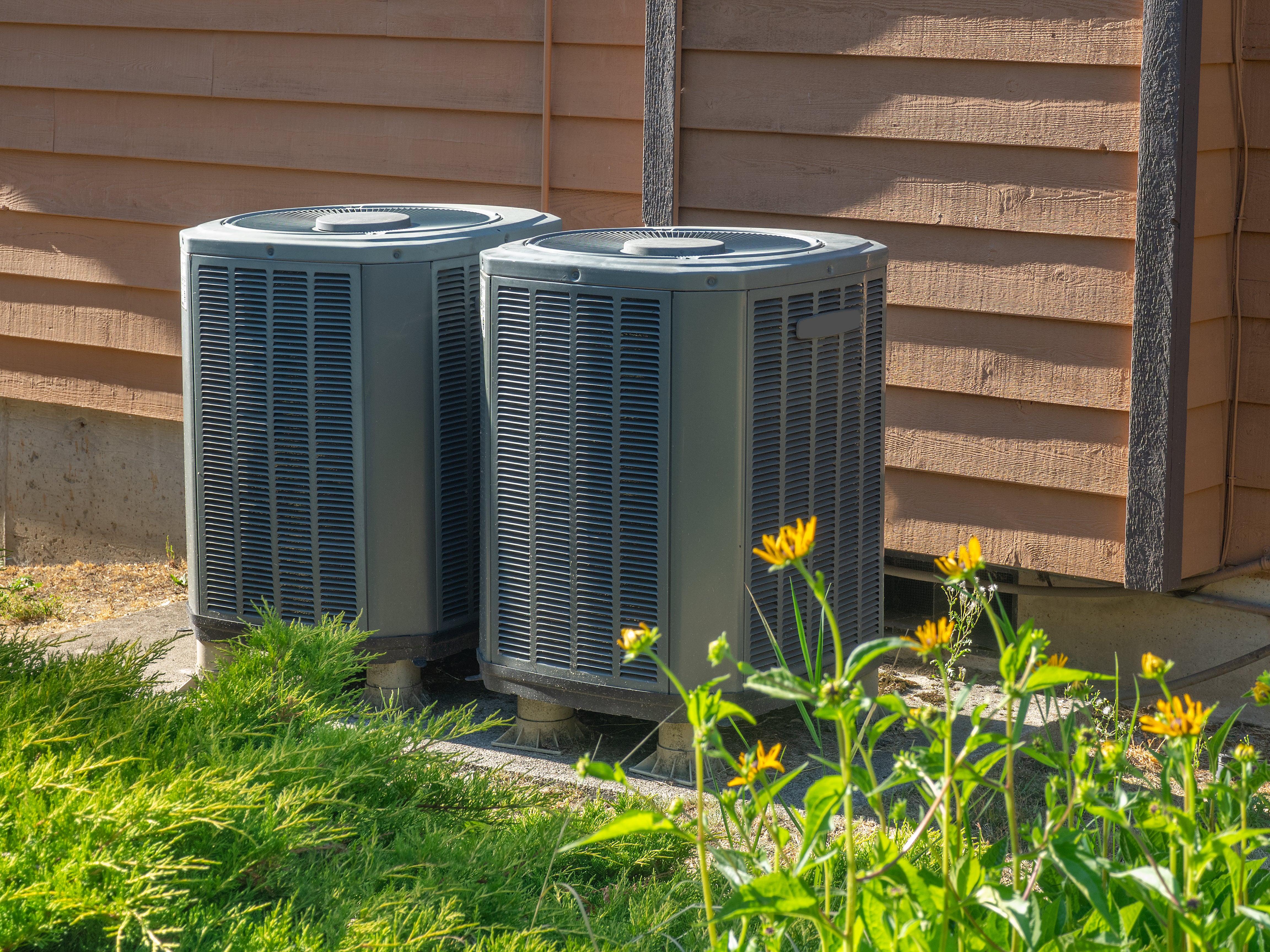
Higher temperatures with climate change will push up demand for air conditioning significantly in some states, potentially taxing electric grids, a new analysis said.
Demand in some parts of the United States could rise more than 13 percent, according to the studypublished in Earth’s Future, the American Geophysical Union’s journal.
“We know that when it gets warmer out, we use more air conditioning and know that climate change is going to lead to higher temperatures, particularly in the summer,” Renee Obringer, the lead author and an assistant professor at Penn State University, said in an interview. “What we were interested in is what this increase in temperature might mean for local households,” as well as comparing “across states or across regions.”
The research comes at a time when higher temperatures already have been linked to increasing numbers of deaths in some states. California death certificates blame heat for 599 deaths between 2010 and 2019, the hottest decade on record, said a Los Angeles Times investigation. But the newspaper said the true toll is probably six times higher at about 3,900 deaths.
Last summer, when a heat wave hit multiple Western states, the temperature hit 117 degrees Fahrenheit in Salem, Ore., and 121 degrees in Lytton, a village northeast of British Columbia. California’s Death Valley reached 130 F, matching a high set in August 2020.
The study in Earth’s Future used data from the U.S. Energy Information Administration showing electricity use for air conditioning between 2005 and 2019. The analysis projected changing usage from climate influence. It did not factor in possible population increases, changes in wealth or other factors known to affect air conditioning demand.
It also did not look specifically at the impact on electrical grids, but a statement on the study warned that “without enough capacity to meet demand, energy utilities may have to stage rolling blackouts during heat waves to avoid grid failure, like California’s energy providers did in August 2020 during an extended period of record heat sometimes topping 117 degrees Fahrenheit.”
Those rolling blackouts lasted a few hours on a Saturday evening and a short period the next evening, with most homes losing power for an hour or two.
The analysis said Arizona, several Southern states and places like West Virginia could potentially see the biggest jumps in demand for air conditioning as the earth warms by 1.5 degrees Celsius, or about 2.7 F. That’s predicted to happen by the end of the decade globally.
The region of Oklahoma, Arkansas and Louisiana could see a 7 percent jump in demand for electricity for air conditioning, it said, Arizona’s would rise 6.1 percent. The Atlantic coast also would see a jump, with demand projected to rise 7.4 percent in Virginia and West Virginia, and 7.5 percent in New Jersey.
A global 2 C jump — about 3.6 F — will boost demand for air conditioning most significantly in Midwestern states, the study said.
The analysis projects consumption would jump between 13 percent and 13.7 percent in Missouri, Illinois and Ohio, while rising 12.4 percent in Michigan.
“So in Indiana and Ohio, we’re seeing about a 4 percent increase in air conditioning use after 1.5 degrees [C] of warming,” Obringer said. “But after just 2 degrees [C] of warming, so another half degree above that” 1.5 C, she said, and air conditioning demand jumps to more than three times as much.
Any electrical grid failures are likely to affect vulnerable populations — including those with low income, people of color and older residents — first, Obringer added.
Adaptation measures already underway
But Daniel Matisoff, director of the Sustainable Energy and Environmental Management master’s program at Georgia Tech, said it’s important to note the study is narrowly focused. It does not look at population and “the biggest driver of increased demand in the annual electricity outlook is actually population growth.”
Also, he said, electrical systems are adapting to deal with climate change and its impacts.
Those include “demand side management, and the ability for utilities to manage the load,” with lower rates for electricity consumers who agree to allow their service to get turned off during peak demand periods, Matisoff said.
“The second thing they miss is increasing growth in solar power,” which provides supplies during the daytime, he said of the study. And “as you ramp up the amount of solar on the electricity system, that peak hours actually shift” to the early evening.
That’s already happened in California, with so much solar power during the day that large producers are sometimes asked to stop generating. Peak demand now is often in the early evenings.
With higher temperatures, there also are options like large commercial buildings that can make ice at night and deploy that during a hot day when electricity prices go up, Matisoff said.
“We are starting to learn and I think are increasingly learning how to create electricity systems that are resilient to these changes, so that we can operate our grid more efficiently and be more resilient to heat waves and cold spells,” Matisoff said.
He also noted that Texas — where the grid failed for millions of people during a winter storm last year — and California have deregulated markets where electricity providers bid into the marketplace for the “reserves,” or backup supplies. But in a state like Georgia, utilities build in a reserve margin and have the ability to ramp electricity supplies up or down quickly.
Reprinted from E&E News with permission from POLITICO, LLC. Copyright 2022. E&E News provides essential news for energy and environment professionals.
